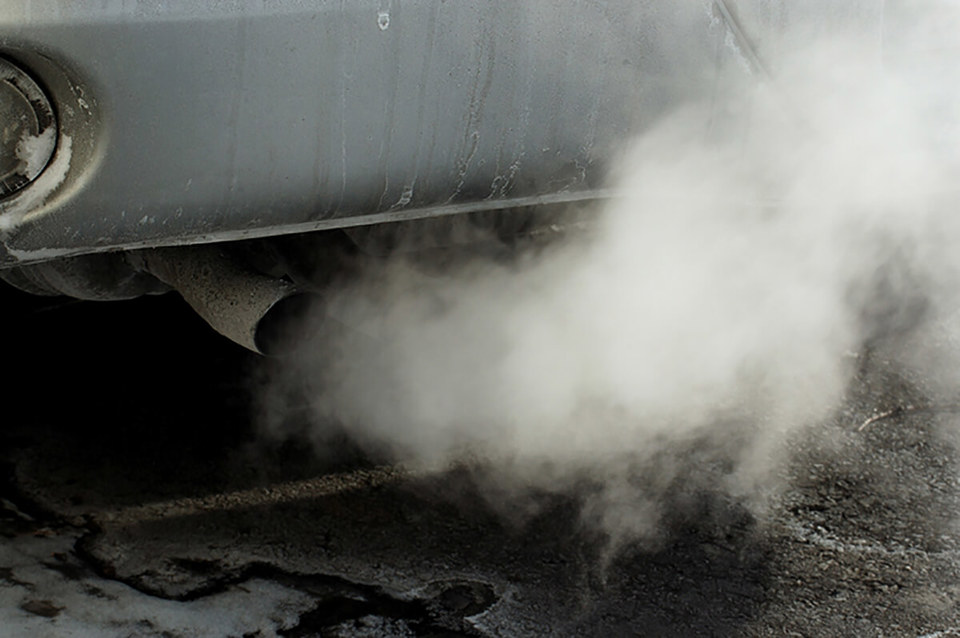Nitrogen oxides (NOx) emission levels from diesel cars are on average more than double those of diesel trucks on a per-kilometre basis, even though CO2 emissions for heavy-duty vehicles are five times those of cars.
This is according to research from the International Council on Clean Transportation (ICCT), which shows that on an engine-load basis, heavy-duty diesel vehicles are roughly 10 times better than diesel cars at reducing NOx.
The difference is attributable in large part to differences in how light-duty and heavy-duty vehicle emissions are regulated. The contrasting performance also highlights the importance of an upcoming decision on strengthening the real-driving emissions (RDE) test for passenger cars in the EU, according to the ICCT.
The study shows data for 24 Euro VI buses and trucks, some tested on a chassis dynamometer by the Technical Research Centre of Finland (VTT), and others tested on-road using portable emissions testing equipment by the German type-approval agency KBA.
On average, NOx emissions of the heavy-duty vehicles tested were approximately 210 mg/km. Currently, NOx emissions of Euro 6 diesel passenger cars under real-world driving conditions are approximately 500 mg/km, as determined by testing carried out by KBA and other European type-approval agencies.
“The simple average difference in NOx emissions per kilometre between light-duty and heavy-duty vehicles is startling enough,” said Rachel Muncrief, ICCT researcher and author of the paper.
“But on a fuel-consumption basis, taking into account the higher engine-load demands for trucks and buses, the NOx emissions of diesel cars are 10 times higher than the corresponding measurement values for heavy-duty vehicles.”
The significantly lower NOx emission levels of trucks and buses are most likely a result of differences in regulation. Official testing requirements of light-duty vehicles remain limited to laboratory measurements of carefully prepared prototype vehicles.
Peter Mock, managing director of ICCT in Europe, said: “In contrast, for measurement of NOx emissions from trucks and buses, mobile testing devices became mandatory in 2013. As a consequence, randomly selected vehicles can be tested under real-world driving conditions.”
Similar tests with mobile devices, called portable emissions measurement systems (PEMS), will be introduced for passenger cars beginning in September, as part of the European Real-Driving Emissions (RDE) regulation.
The ICCT believes that should bring about a significant improvement in the NOx emission levels of diesel cars.
But further improvements in the light-duty vehicle testing protocols will be needed to truly measure and control NOx emissions. “According to the current status of the RDE regulation, vehicle manufacturers will still be allowed to carefully select special prototype cars for emissions testing,” continued Mock.
“Instead, it would be much better to measure the emissions of ordinary mass-production vehicles, obtained from customers who have been driving them in an ordinary way, and not from the manufacturers.”
The European Commission, despite resistance from some vehicle manufacturers and EU member states, plans to bring forward for discussion a package of possible revisions to the existing RDE regulation as part of a working group meeting in Brussels this week. The package would include, among other changes, provisions for testing in-use, privately-owned cars by independent third parties.
The ICCT research comes as an annual automotive survey from KPMG suggests nine out of 10 UK automotive executives expect electric vehicles (EVs) to dominate the automotive marketplace by 2025, with diesel set to be a thing of the past. Almost two-thirds (62%) of respondents to KPMG’s annual automotive survey said they expect the traditional powertrain to eventually vanish from manufacturer line-ups altogether.
Pure EVs accounted for just 0.4% of the overall new car market in 2016, according to figures from the Society of Motor Manufacturers and Traders (SMMT).
More than 10,000 motorists chose to go fully electric – up 3.3% on 2015 – while alternative fuel vehicles (AFVs) experienced a stronger uplift in demand, with plug-in hybrids and petrol electric hybrids, in particular, experiencing significant growth, up 41.9% and 25.1% respectively.
Diesel and petrol remained the dominant powertrains, with a new car market share of 47.7% and 49% respectively.




















Login to comment
Comments
No comments have been made yet.